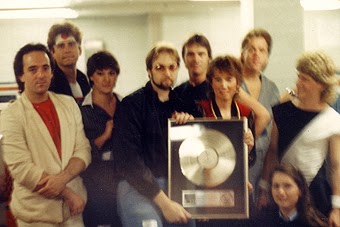One of those was Linda Ronstadt who alerted David Geffen about their talent, and Lone Justice was signed to Geffen Records. When in town, Tom Petty and the Heartbreakers frequented their shows as well. Additionally, Petty and Mike Campbell contributed their composition “Ways to be Wicked” to cut for their debut album. To round out their involvement, Heartbreakers keyboardist Benmont Tench and guitarist Mick Campbell added their respective talents to record.
Although “Ways to be Wicked” was their second single, it performed as their first. Geffen initially released “Sweet, Sweet Baby (I’m Falling); however, the company pulled the single in deference to “Ways to be Wicked” in April 1985. In June, Geffen rereleased “Sweet, Baby, Baby” a second time in June 1985.
While I loved it, “Ways to be Wicked” did not perform to anyone’s expectations – the label’s, the band’s, or even mine. What I thought was a great song with a lot of grit, the public felt otherwise. “Ways to be Wicked” peaked on the Hot 100 at 71 and on the album charts at #29. For our final look at Geffen Records, “Ways to be Wicked” serves as our Saturday Bubbling Under Feature.
 |
| Art Promoff & the author; 1985 Pop Music Survey Convention in Atlanta |




























